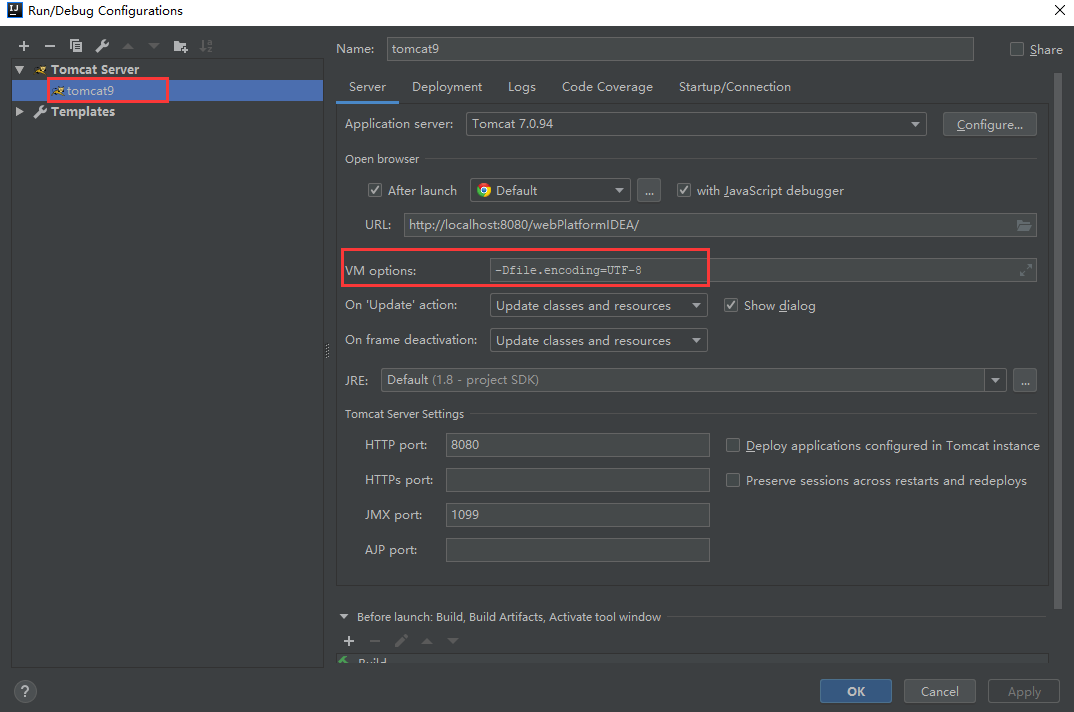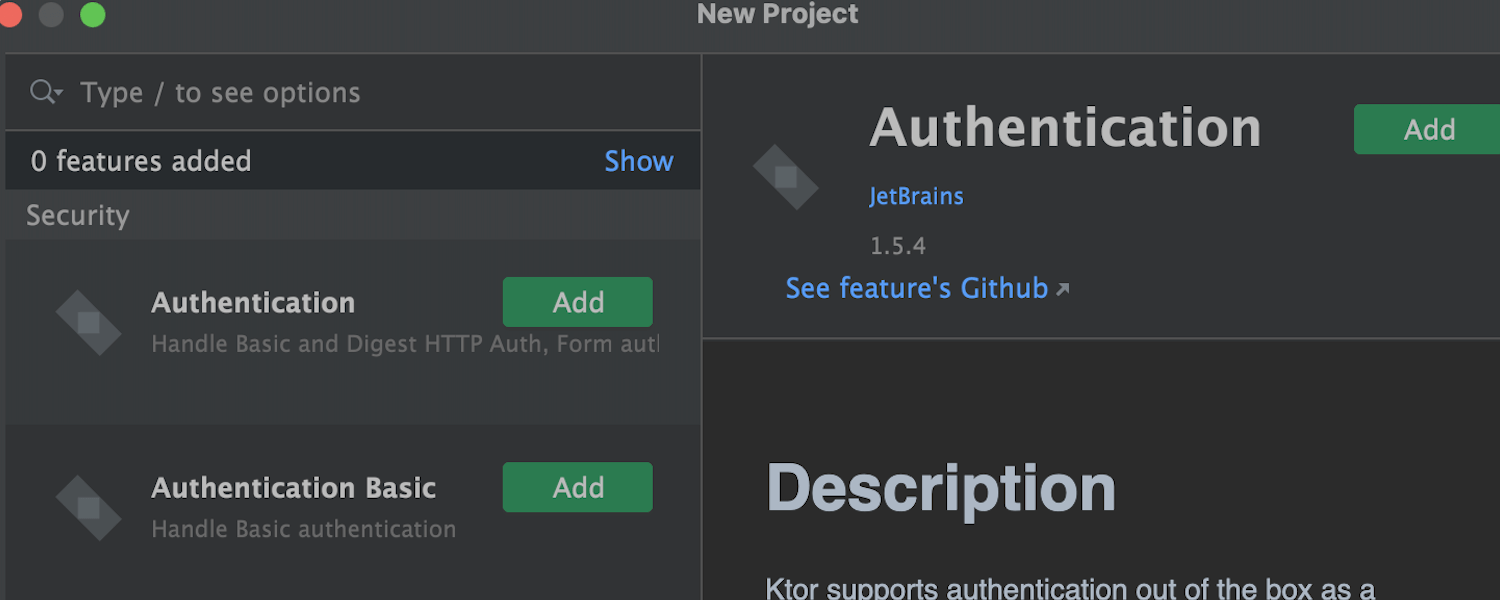

So, start by creating a class called GitHubService in the com. Now, you will need to create a service class that uses RepositoryInterface to query GitHub's API. Retrofit uses annotations to retrieve these variables so it can define the final URL that it will call.
Intellij http client update#
If you are using Java 10, you will have to update the build. gradle file: spring -boot -starter -web and spring -boot -starter -test. Also, it contains two dependencies in the build. Unzip this file in your preferred location (e.g., ~ / Projects /) and import it in your IDE.įor the moment, your project contains only a single class called GithubClientApplication. Clicking on this button will make this page send you the github -client. You can leave untouched the other options. This will make a green label named "Web" appear on the Selected Dependencies section.

Store this new token somewhere safe on your laptop.Ĭreating a RESTful Client with Retrofit and Spring Boot To finalize, click on Generate token to create the token. Scopes determine the type of queries you will be able to do on GitHub's API with the token you will get. Now, GitHub will show you a form where it will ask you to enter a description for your token (you can insert something like "Retrofit Client") and will ask you to choose what Scopes you want to give to this token.įor that, you can select repo and delete_repo scopes. On this page, click on Generate new token. On that page, click on Developer settings on the left pane of the page, then click on Personal access tokens (again on the left pane) to arrive at the page where you manage access tokens. After creating (or signing into) your own account, click on your GitHub's profile photo (on the top right corner of the page) and choose the Settings option.

GitHub API version 3 follows the REST architectural design and has a very good documentation.Nearly all developers have GitHub accounts and, if you do not have one, creating one will only take a couple of seconds.However, for a few reasons described below, you will use GitHub's REST API: To learn about Retrofit's capabilities, you could use many REST APIs out there. "What is cool about Retrofit is that it allows you to modify your API request through annotation on methods in your interface" One cool feature introduced by Retrofit is that it allows you to modify your API request through annotation on methods in your interface. But you can check the other one right after reading the article. For simplicity, this article will focus on synchronous requests only. Retrofit allows you to make both synchronous and asynchronous request to APIs. Then, you can pass the API configuration to Retrofit, and you will get back a Java class implementation of your interface. With Retrofit, all you need to do is declare a Java interface to represent your API.
Intellij http client android#
If you are curious, you can check the following resources after reading this article:Īccording to the official website, Retrofit is a type-safe HTTP client for Java and Android which was developed by Square. As you can imagine, there is much more when it comes to the RESTful architecture. The explanation above is just a quick introduction, so you know what this is all about. In this article, you will develop a Spring Boot app that is a RESTful client because it follows this constraints to communicate with a RESTful API ( GitHub's API). In REST, GET requests should be used for resource lookup and PUT, POST, DELETE for updating,Ĭreating, and deleting a resource respectively. REST is not a standard but rather a set of constraints used to design web APIs in REST, which stands for Representational State Transfer, is an architectural style used to design web APIs Some basic to intermediate knowledge of the Java programming language).Some knowledge around the HTTP protocol.A basic understanding of the client-server architecture.An external HTTP client like curl, Postman, or whatever.A mature IDE (Integrated Development Environment) of your choice (i.e., IntelliJ, Netbeans, or Eclipse).JDK 8 or greater (JDK 10 was used in this article).To follow this article along, you will need to have the following:


 0 kommentar(er)
0 kommentar(er)
